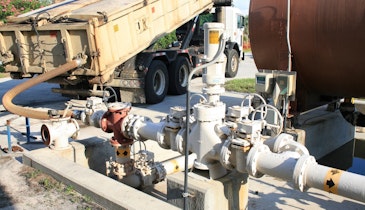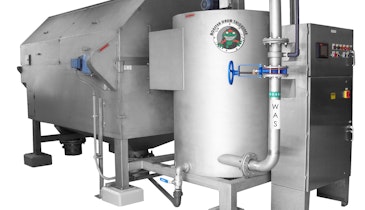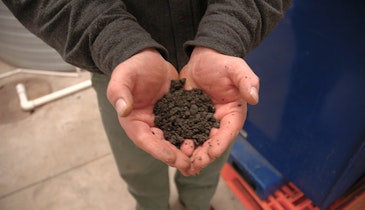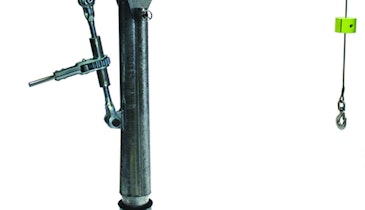
Durango, Colorado, is a historic Rocky Mountain town that saw its heyday during the silver mining boom of the late 1800s. Then, Butch and Sundance and other tough hombres roamed these parts, and each small town lived with the threat some of these characters would show up looking for easy pickings.
Nowadays, the well-being and wealth of the townsfolk are not much bothered by the shoot-it-out violence of yesteryear. The modern usurpers of community cash, like in most places, are the high energy costs. This report is about how a couple of operators down at the local wastewater treatment plant put a stop to a money grab.
Problem
The Durango wastewater treatment facility is a traditional waste-activated system. The biosolids (WAS) are collected from secondary clarifiers, treated with flocculants and thickened before anaerobic digestion. Centrifuges have been used for the thickening process which took the WAS to a 12-15% consistency. The plant has three 50 hp units, one or two of which were operated under supervision (8 a.m. to 4 p.m.) each day. Typical energy draw was in the range of 75 kW. That is a big fraction of the plant power usage. Additionally, the centrifuges were requiring more maintenance than ever. The service costs, spare parts and downtime were taking a considerable portion of the maintenance budget.
Solution
Plant engineers determined that the anaerobic digesters would not be adversely impacted if the biosolids feed was at 6-8% consistency. Some research was undertaken to determine an alternate method or find different equipment. Also, a new set of chemical trials found flocculants with tighter solids formation. The Durango WWTP engineers decided on a rotary drum thickener to best meet their needs. This equipment operates with only 1.5 hp, which addresses the top-priority challenge of lowering energy consumption.
Durango WWTP commissioned a JWC Environmental IFT 3648 rotary drum thickener to fix their energy and maintenance problems. This standard unit was was modified per the plant's space constraints to fit on the existing centrifuge pad, minimizing installation cost. Within the three months after startup, operating parameters were optimized.
The unit processes 80 gpm of 1% WAS, thickened to 6.5-7%. Polymer consumption costs are improved compared to the centrifuge process. Energy consumption on the total thickening process dropped from 75 kW to 3 kW and the plant couldn’t be happier. The menace of energy thievery had been quelled.
.jpg)
For details on this equipment, and other low energy wastewater solutions, visit www.jwce.com.





